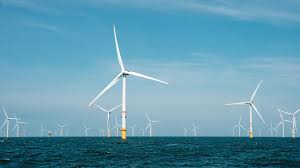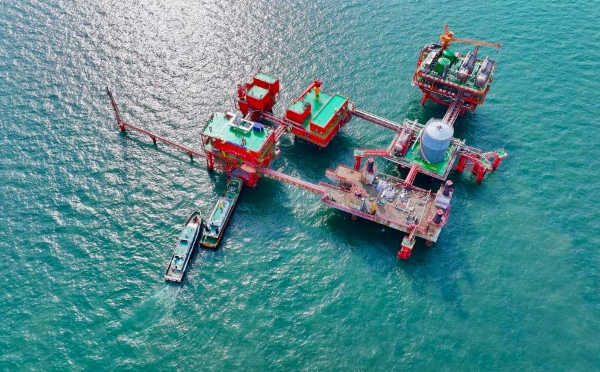
The scheme was approved under the State Aid Temporary Crisis and Transition Framework (TCTF) adopted by the Commission on 9 March 2023.
The measure aims to support the construction and operation of offshore wind farms for electricity production in the areas determined by the Estonian Maritime Spatial Plan.
According to the EC, the aid, which will be granted based on a bidding process, will take the form of a variable payment under two-way contracts for difference (CfD) concluded for a period of 20 years.
The amount will be determined by comparing the strike price, set in the beneficiary’s tender offer, with the market price of electricity. If the strike price is higher than the reference market price, the Estonian State will pay the beneficiary the difference (price premium) in addition to the market price, up to a maximum aid of EUR 65/MWh.
Conversely, when the reference market price exceeds the strike price, the beneficiary will have to pay the difference to the Estonian authorities. There will be a limitation on the annual volume supported for a given year (set at a maximum of 2 TWh/year), according to the EC.
“This €2.6 billion scheme will enable Estonia to support the development of offshore wind as a way to reduce its dependency on fossil fuels and foster the energy transition. At the same time, it limits undue distortions of competition in line with State aid rules,” said Teresa Ribera, Executive Vice President for Clean, Just and Competitive Transition.
Recently, Estonia’s Consumer Protection and Technical Regulatory Authority (CPTRA) announced that it will re-open a tender for the development of an offshore wind farm in the Saare 1 area after the initial auction ended without any bids in July this year.
In addition, the country approved the environmental impact assessment (EIA) programme for the Estonian part of the ELWIND Estonian-Latvian cross-border offshore wind project.
Estonia plans to generate 4.3 TWh of renewable energy by 2030, with 2.6 TWh coming from wind power, as part of its goal to achieve climate neutrality by 2050.







